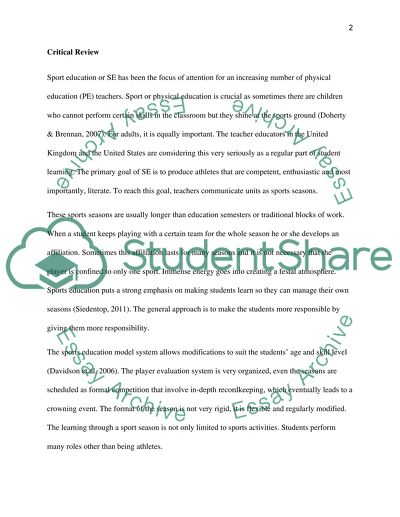Cite this document
(“A Critical Review and Comparison of Physical Education Studies Essay”, n.d.)
A Critical Review and Comparison of Physical Education Studies Essay. Retrieved from https://studentshare.org/education/1644905-a-critical-review-and-comparison-of-physical-education-studies
A Critical Review and Comparison of Physical Education Studies Essay. Retrieved from https://studentshare.org/education/1644905-a-critical-review-and-comparison-of-physical-education-studies
(A Critical Review and Comparison of Physical Education Studies Essay)
A Critical Review and Comparison of Physical Education Studies Essay. https://studentshare.org/education/1644905-a-critical-review-and-comparison-of-physical-education-studies.
A Critical Review and Comparison of Physical Education Studies Essay. https://studentshare.org/education/1644905-a-critical-review-and-comparison-of-physical-education-studies.
“A Critical Review and Comparison of Physical Education Studies Essay”, n.d. https://studentshare.org/education/1644905-a-critical-review-and-comparison-of-physical-education-studies.


